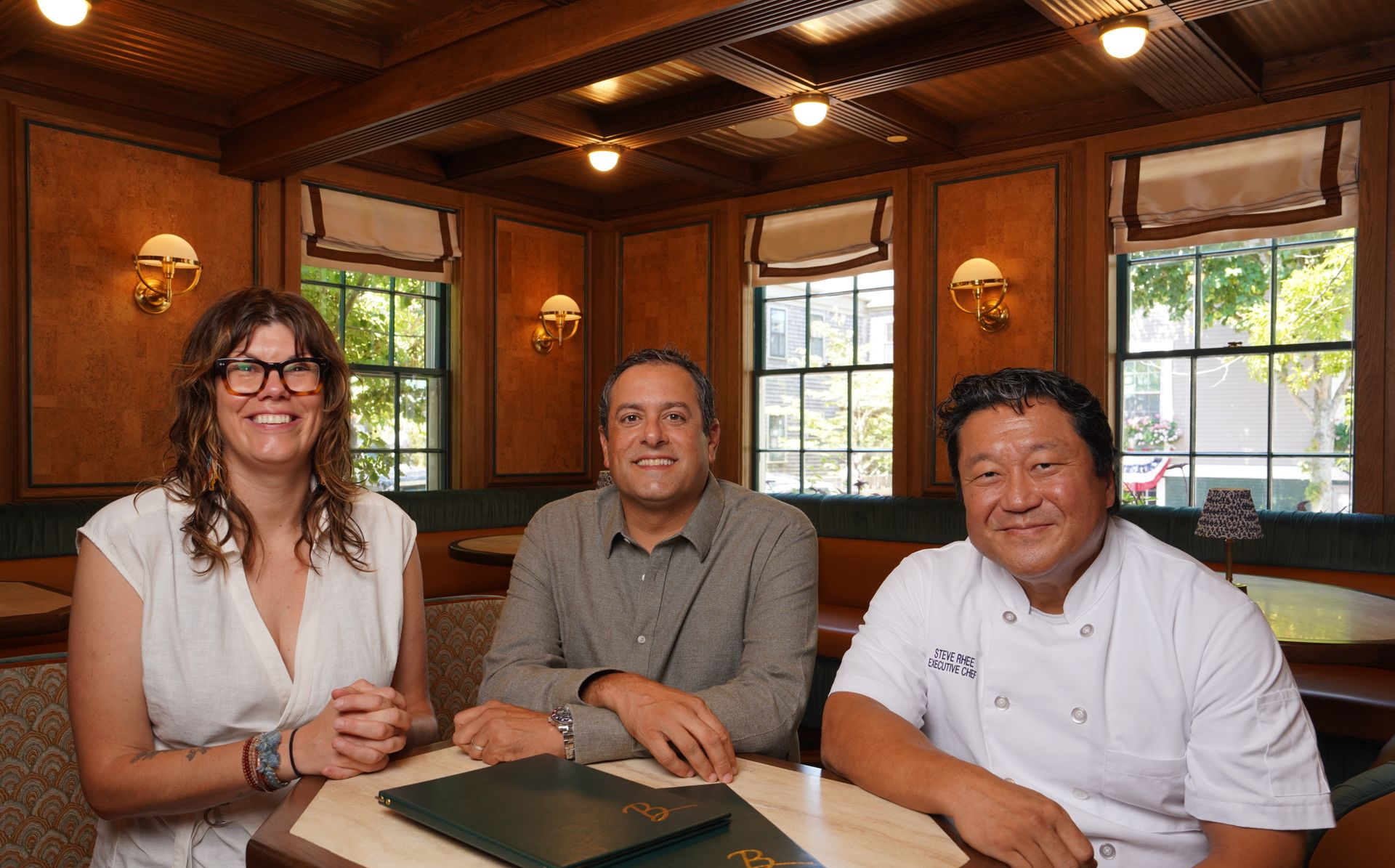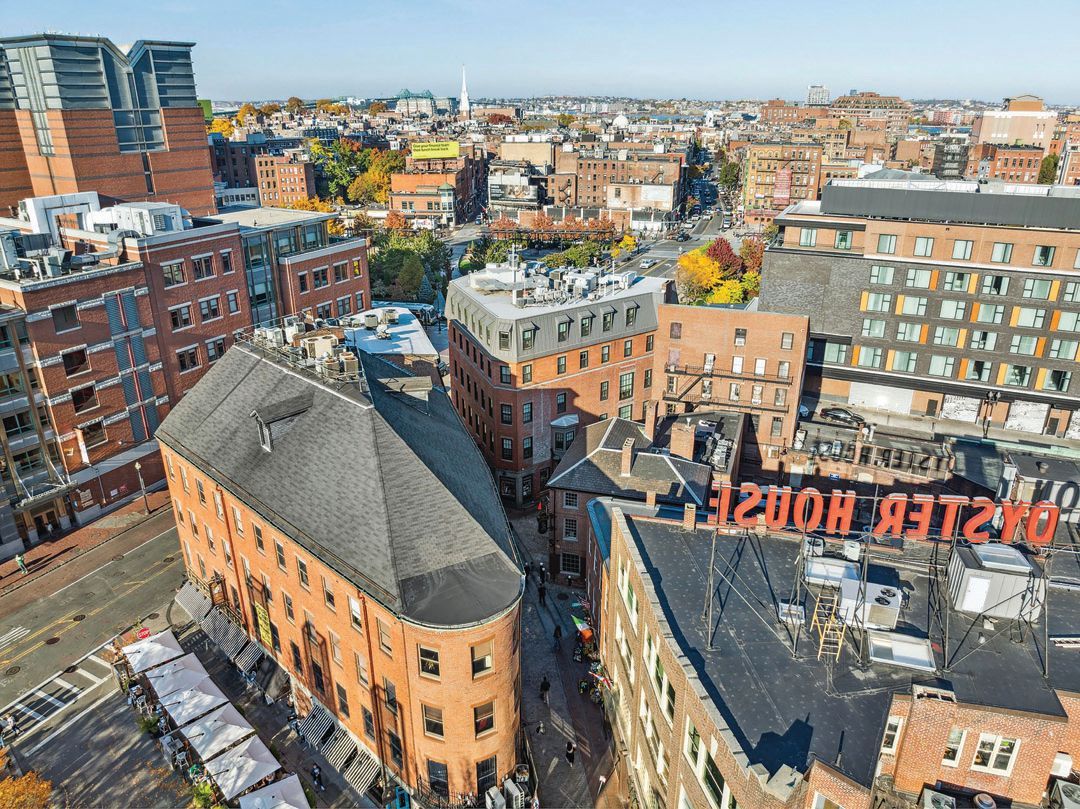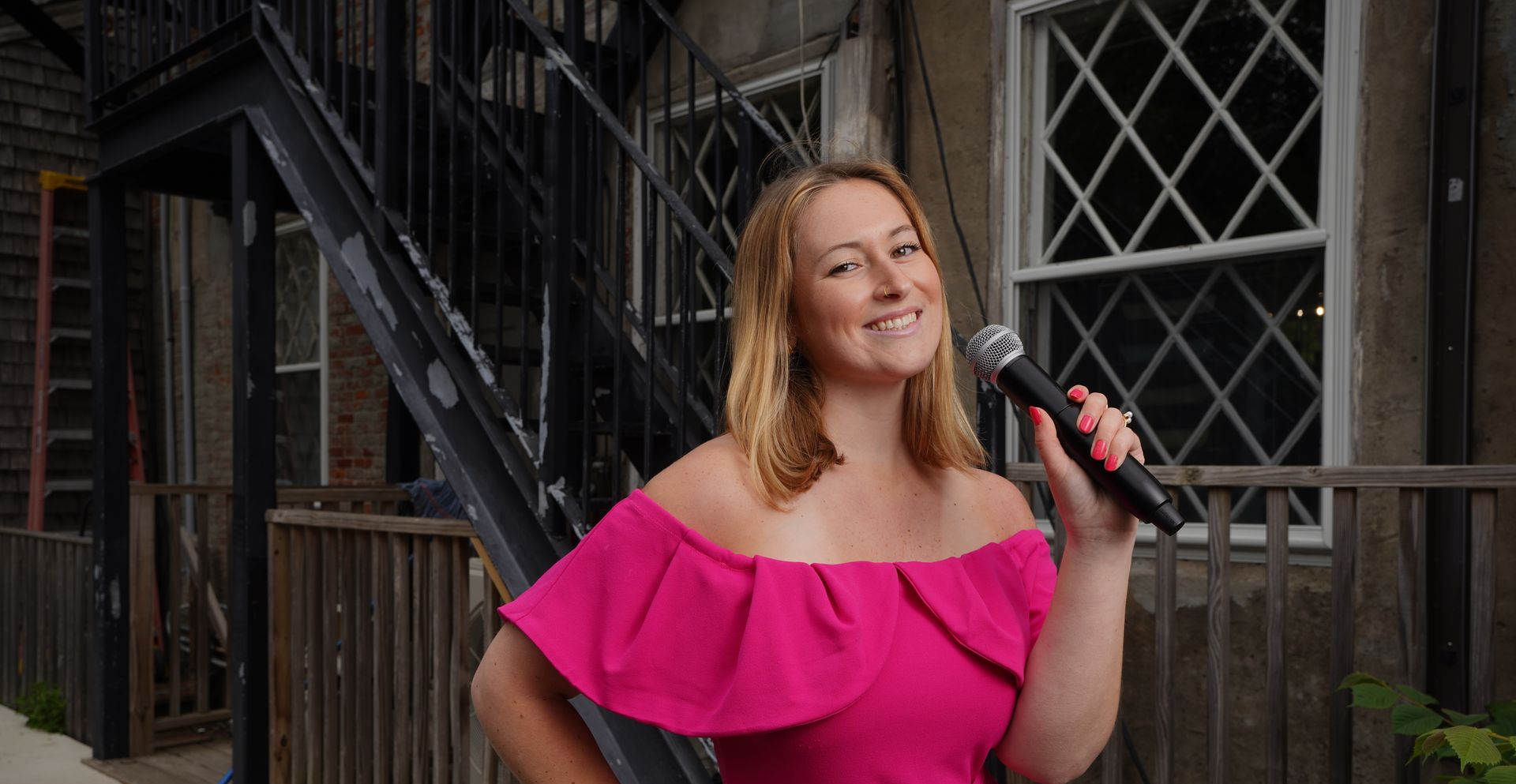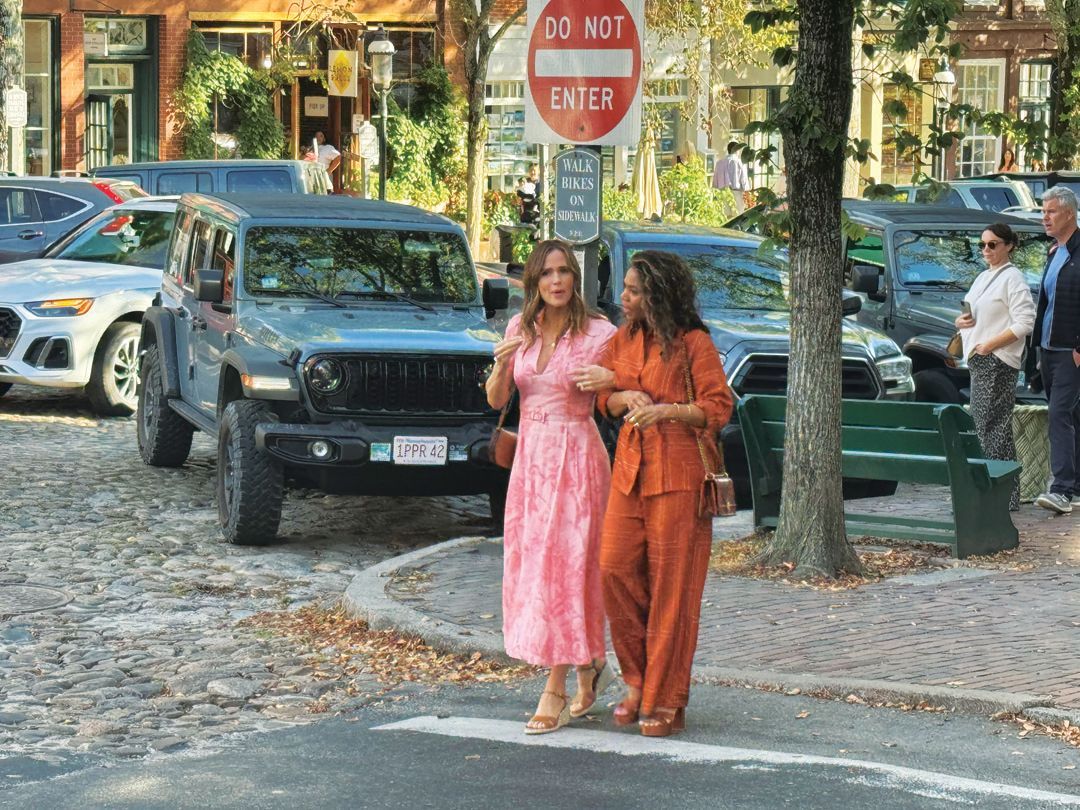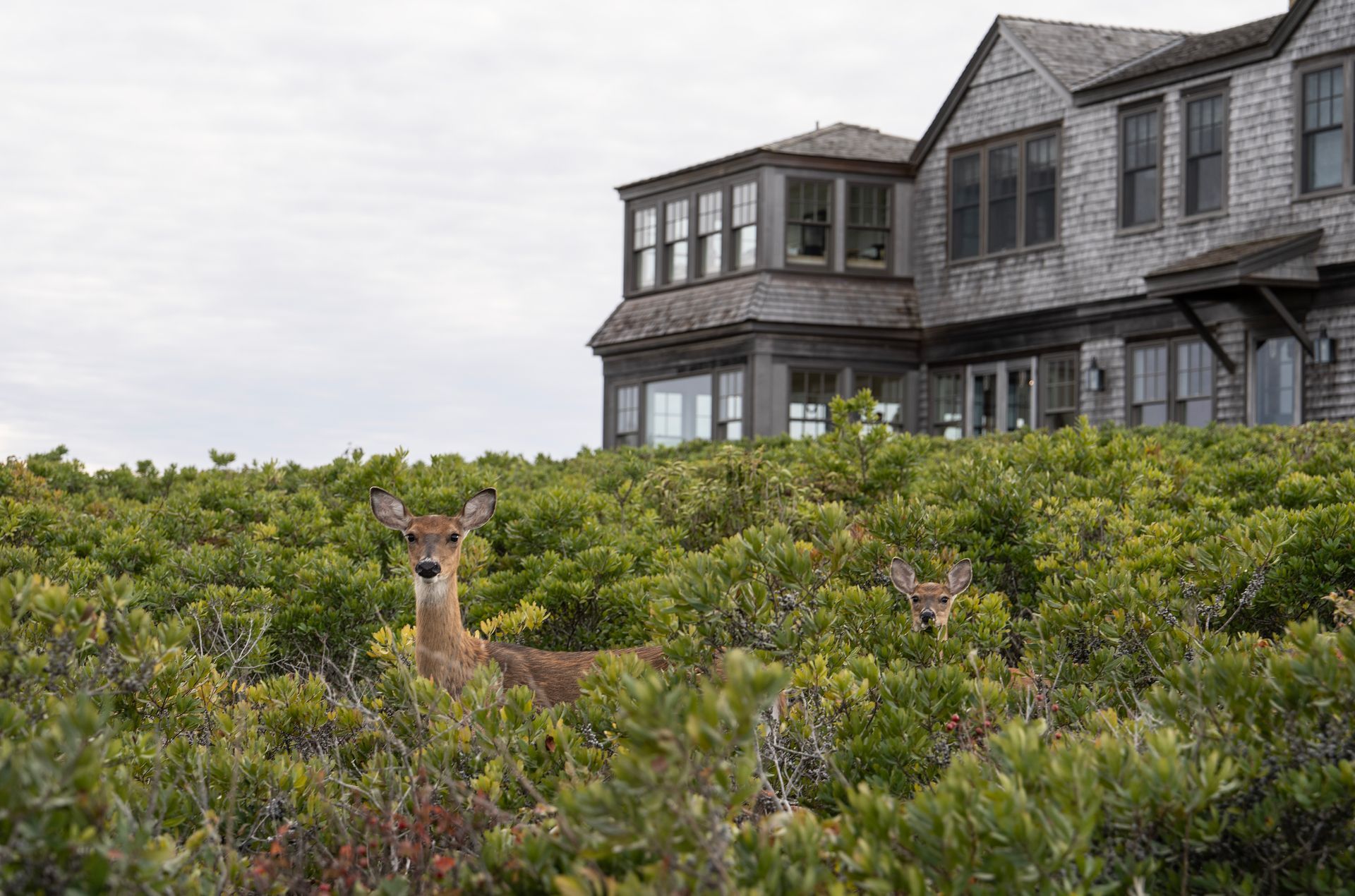BACK AT THE HELM
Niles Parker returns as the Nantucket Historical Association’s executive director.
After leaving his post as executive director of the Nantucket Historical Association (NHA) in 2006, having served there for seven and a half years, Niles Parker shipped off to Maine where he broadened his museum experience, beginning at the Penobscot Marine Museum. He spent five years as head of the museum before becoming the director of the Maine Discovery Museum in downtown Bangor. Recognizing that the state of Maine did not have a designated science museum, Parker embarked on expanding the offerings of the Discovery Museum, which was originally designed specifically for children, to be a more all-encompassing science museum. Last year, when Parker learned that the executive director position was open at the NHA, the call of the island was too much for him to resist and he now sits in the captain’s chair.
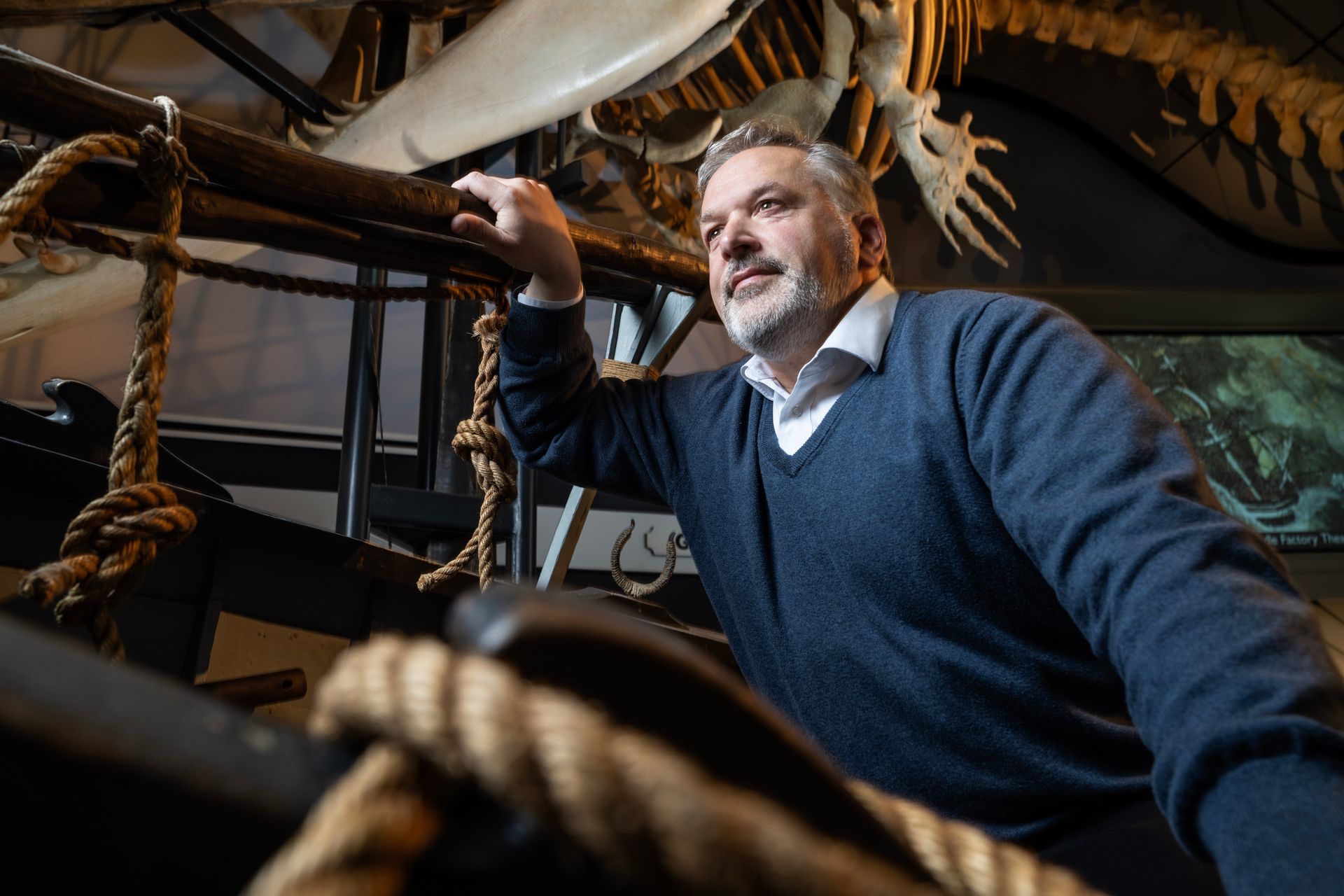
You have been away for a number of years. Generally speaking, what do you think has changed on Nantucket?
It’s plain to see the growth that’s happened on the island, both in terms of the physical building as well as the number of people out here going through the winter. I’m amazed at how busy it still seemed out here. It slowed down from early August maybe, but it was still fairly busy. And I’d say the demographics. It feels a little bit like a different island than when I was here seventeen or eighteen years ago.
Let’s talk about the NHA and the Whaling Museum itself. How do you feel the building and the institution have weathered since you left, and what is the biggest change that you’ve noticed upon your return?
The building’s held up really, really well. I think the design of that expansion has provided a lot of opportunity and ability to think about the storytelling that the NHA has been able to do. I think the whale skeleton and that display in Gosnell Hall has really held up well. I’m still as stunned by it every time I turn the corner and see it staring me in the face as I was eighteen years ago. But the collections have grown over the years and there are stories that we haven’t really told.
How do we tell those stories? What are those stories? How do we engage diversity of communities to tell those stories? To do that, I do think we’re going to need to expand the ways in which we tell stories and probably find additional gallery space in which to do that.
Culturally, a lot has changed in the national dialogue and there has been much more discussion about the impact of culture on minorities and minorities on our culture. The whaling industry relied on the use of labor that was definitely stratified. How much of your future messaging is going to get into the parts of the whaling business that were not quite as glossy as they may have appeared?
We certainly intend to tell more of that story, the reality of the whaling stories and what that has meant and how perceptions of that have changed over time. But I think more than that, where we’re going is that Nantucket history is much more than whaling. And while I think there are some important components that were true in whaling and are probably true on Nantucket today, in terms of stratification and thinking about the economics of the island if you will, we want to do more storytelling than just whaling. We really want to branch out and talk about Nantucket in the twentieth century and how it evolved well into the twenty-first century. There are so many stories to tell. I think if we can get across to people that Nantucket history didn’t stop in 1845, but it’s being rewritten every day and figure out how we play a part in telling those stories, then I’ll be really happy.
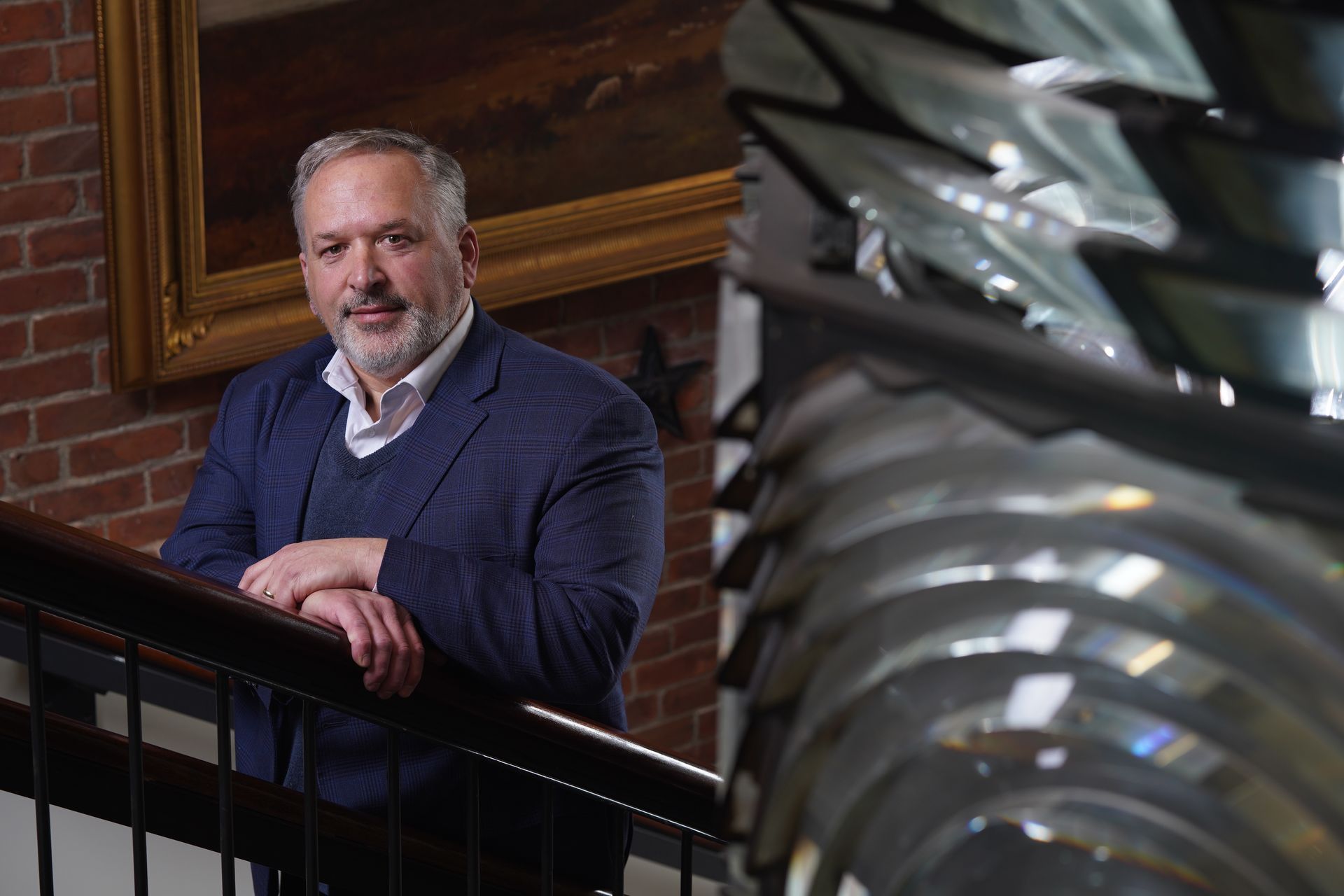
One of the biggest issues facing the island is climate change. Do you see the museum tackling that subject, particularly since it is a low-lying building?
Absolutely. It’s a huge issue for us. It’s going to be front and center in our new strategic plan that we’re working on right now. We hosted with the National Park Service a symposium in December at the Whaling Museum that is looking at how organizations and people with historic buildings can begin to wrap their arms around this issue and what ways we can protect the historic fabric. We need to be ready to deal with it on an increasing basis. We need to be ready to make sure that we can preserve not only the artifacts within the museum but the building itself, the historic fabric of the building itself, and think about what that means for our operations, for our business model, if the iconic flagship is threatened increasingly from rising sea waters.
What does that effort look like more specifically?
The relationship that we formed with the symposium has led to an interesting partnership with the University of Pennsylvania and the ICCROM, which is the International Centre for the Study of the Preservation and Restoration of Cultural Property based in Rome, looking at the conservation for historic materials. We’re having an intern beginning this summer on the island looking at all of our historic properties as well as some additional historic properties on the island, to do a rapid assessment survey and then do a historic structure report through the lens of what increasing humidity, increasing temperatures and rising sea levels will mean for all of these buildings. That will then position us, we hope, over the next three to five years to develop a plan to implement whatever changes we can to best protect those properties. It’s going to be central to everything we’re doing over the next few years.
Technology has had a huge impact on the mindset of children. How do you create an experience that is as equally exciting to kids as the lure of the tablet or iPhone in the eyes of a young person?
Museums everywhere are exploring this issue and have been for a while. How do we engage digitally with people in exciting ways? How do we share our collections and our research? One way is expanding our online programming, online resources. But also, are there ways in which we can get people to explore some of the cooler, newer versions of technology like augmented reality to be able to dive deeper in a way that lets them get to know the island better and have fun doing it? I think there are a lot of opportunities there that can utilize our collection, utilize the properties, utilize different places on Nantucket in a fun way. And I’m really excited about what some of those options might be.
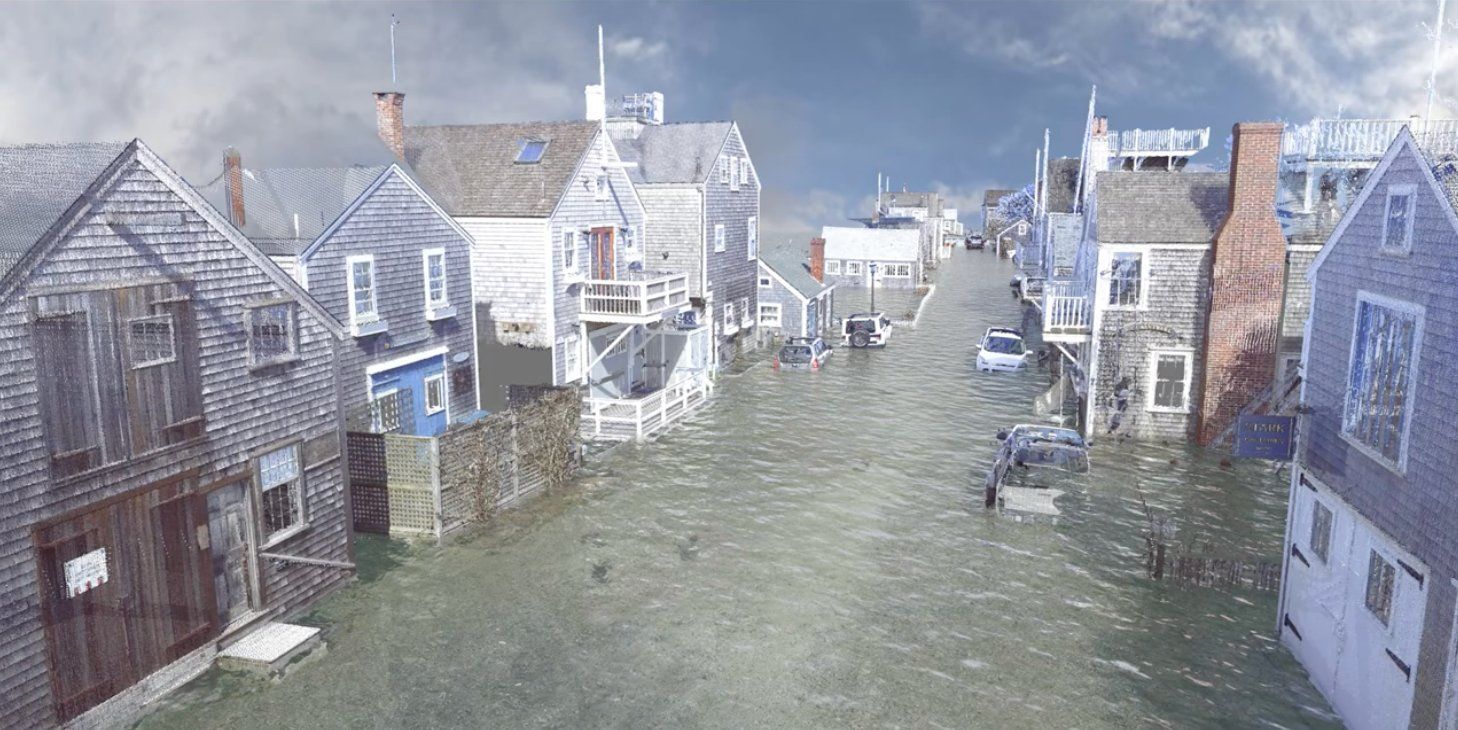
Obviously, the Whaling Museum centers around whales and whaling. There is a controversial project being planned right now, the Vineyard Wind development, that a number of people think could have a negative impact on the right whale. Does the museum have thoughts or a position on this type of offshore wind project?
We don’t have a position. It’s something that I’ve been trying to get up to speed with myself and learn more about it. It’s an interesting situation. Speaking for myself, clearly the idea of wind energy is a really important one for our economy and for our efforts for protecting the environment and sustainability going forward. But I do think we have to be mindful of the potential impact on the fisheries, on whales. We just had those whales going through the canal the other day. It’s a complicated issue, but the NHA is not taking a position on it.
What mark do you want to leave on the NHA when you finally hang up your executive director shoes?
The issue of the rising sea level and its impact on our historic buildings is critically important. If we can develop this model, build a template and make meaningful strides toward protecting those buildings and the historic fabric and the collections, that’s going to pay off in the long term. We’re also starting to grapple with the issues like housing for employees. How do we build our staff? How do we support our staff on a year-round basis out here? And then finally, how do we tell a diversity of stories in an interesting way so that we get across the idea that Nantucket history didn’t end in 1845—it’s being rewritten every day? If we can find ways to engage the public, our communities, with that idea and have them increasingly excited about joining that effort, I’d be thrilled. I’d be really excited about what that means, not only for the NHA but for the island.

